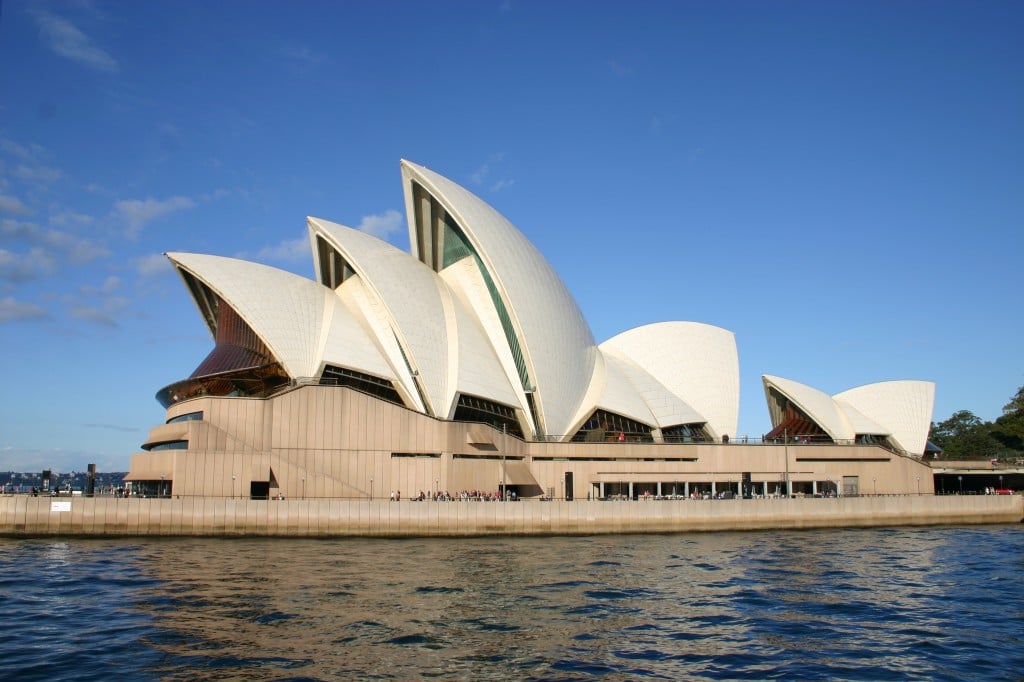A range of climate-related policies are likely to be introduced in Australia as the country looks to strengthen its climate position through a new federal government.
In brief
On Saturday 21 May 2022, Australians went to the polls and elected a new Labor government. The incoming government, led by Labor leader Anthony Albanese, campaigned on a platform of stronger action on climate. In this client alert, we outline some of the key climate change policies which the incoming government raised during its campaign as an indicative snapshot of developments to expect in the coming term.
As of the date of this alert, it remains to be seen whether Labor will form a majority government, or whether they will need to negotiate with other parties and independents to form a minority government. This may result in changes to the incoming government’s policy position outlined below. The election of a number of Greens candidates and independents seeking increased ambition on climate change may also have a bearing on the final policy position.
Contents
- Australia’s emission reduction target and renewables
- Amendments to the safeguard mechanism
- Modernising the grid
- Energy storage
- Subsidising electric vehicles
- Other policies
The following policies on climate change and renewable energy were outlined by Labor during the campaign and form part of Labor’s ‘Powering Australia’ plan.
Australia’s emission reduction target and renewables
Labor campaigned on a climate platform including a renewed emissions reduction target of 43% by 2030, compared with 2005 levels. The revised target is more ambitious than Australia’s current target of between 26-28% by 2030, based on 2005 levels, but has still been subject to questions as to whether it is as ambitious as the targets of other nations internationally. A number of elected independents are seeking a further revised target of up to a 60% reduction in emissions by 2030. The final target will be one to watch, particularly in the lead up to the next Conference of the Parties of the United Nations Framework Convention on Climate Change (COP27) in November 2022.
The other Labor target of note, part of how Australia meets its overall emission reduction target, is the percentage of energy generation from renewable sources, which is proposed as 80% by 2030.
Amendments to the safeguard mechanism
Labor has proposed amendments to the ‘safeguard mechanism’ of the Emissions Reduction Fund (ERF), as recommended by the Business Council of Australia. The ERF is Australia’s current flagship climate change policy, which seeks to incentivise businesses and industry to cut emissions and adopt carbon removal or sequestration projects through the issue of Australian Carbon Credit Units (ACCUs). The existing safeguard mechanism imposes a ceiling on emissions for certain heavy polluters, requiring them to keep their emissions below a historical baseline. The proposed amendments would see those baselines gradually reduced in a predictable manner over time. Heavy polluters will therefore be required to either reduce their emissions or purchase additional ACCUs to remain below their new, lower baseline. It is expected such amendments would further increase demand for ACCUs and incentivise carbon trading.
The ACCUs market has been in the spotlight recently. The outgoing Liberal/National government recently decided to allow ERF participants to exit their fixed cost carbon abatement contracts with the government – a decision which resulted in the ACCU price reducing from approximately AUD 51 to AUD 34 or thereabouts virtually overnight. There have also been questions raised about the integrity of some ACCUs by the former head of the Emissions Reduction Assurance Committee, Andrew Macintosh. It is anticipated that any new safeguard mechanism would need to take these recent developments into account, in addition to developments in international carbon markets.
Modernising the grid
Labor’s Powering Australia plan includes an AUD 20 billion investment to rebuild and modernise Australia’s energy grid, as part of an effort to make Australia a “renewable energy superpower”. This will involve the formation of the ‘Rewiring the Nation Corporation’, a state-owned entity which will work with industry, providing low-cost finance to build a modern, integrated grid. The policy seeks to enable emerging renewable technologies like hydrogen and battery production to better support carbon-intensive industries like steel and aluminium production, which are difficult to decarbonise. The policy includes up to AUD 3 billion in investment from Labor’s AUD 15 billion National Reconstruction Fund – a fund dedicated to investment in ‘green metals (steel, alumina and aluminium); clean energy component manufacturing; hydrogen electrolysers and fuel switching; agricultural methane reduction and waste reduction’.
We expect that the incoming government will be keenly focused on the existing Energy Security Board and Australian Energy Market Commission energy reform agendas to ensure that the energy market design and regulatory framework adapts to the integration of renewables and the exit of coal fired generators, whilst maintaining system reliability and security of supply. We also anticipate investment and reforms to boost training and skills development in the energy sector, including facilitating the transition of the workforce currently engaged on retiring assets.
Energy storage
The Powering Australia plan also includes AUD 200 million in investment to building 400 community batteries across the country. These batteries will enable households with rooftop solar systems to store electricity generated during the day and draw from the system in the evening. Any excess electricity will be sold back to the grid, applying downward pressure on local electricity prices. This policy is intended to supplement Australia’s world-leading rooftop solar adoption rate, with more than 20% of households having some form of solar generation. For households without access to rooftop solar, Labor have committed a further AUD 100 million to create 85 “solar banks”, being medium-scale solar farms with community co-investment.
Subsidising electric vehicles
A National Electric Vehicle Strategy is proposed to promote the rapid uptake in EVs across the nation. Part of the strategy includes an Electric Car Discount, which will offer tax concessions for the purchase of EVs below the luxury car tax threshold for fuel efficient vehicles (AUD 77,565 in 2020-21). The strategy also seeks for the incoming government to work with stakeholders to identify further measures for increased EV sales and investment in charging infrastructure, encouraging the manufacture of EV components domestically, and responding to the decline of the fuel excise.
Other policies
In addition to the above headline policies, the incoming government has committed to a raft of smaller policies which seek greater climate action across Australia. These include direct financial support to improve energy efficiency in existing industries and to develop new industries in regional Australia, reaching net zero emissions across Australia’s public sector by 2030, and establishing real-world vehicle fuel testing programs to better inform consumers on vehicle fuel costs.
The authors would like to thank Fletcher O’Connor for his assistance in preparing this article.







